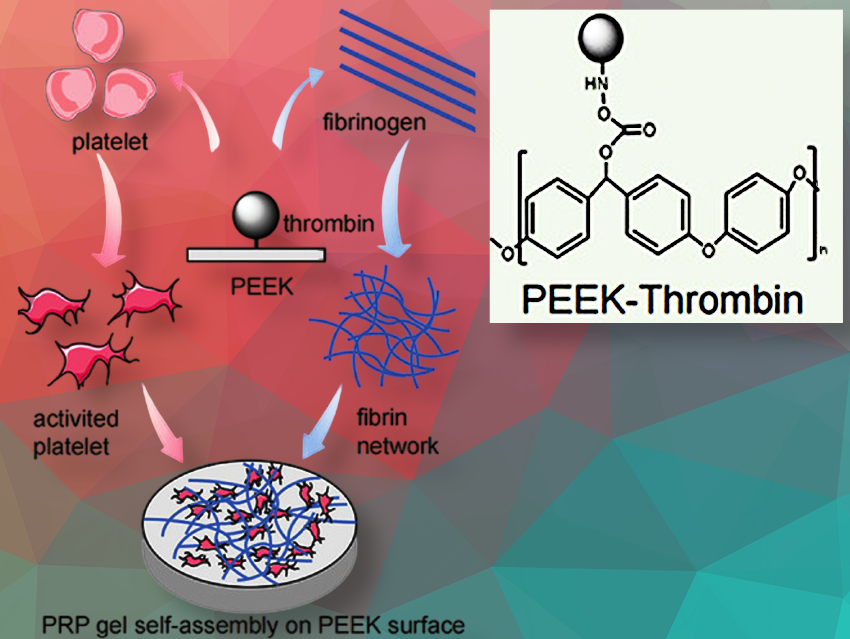Using bone implants to repair bone fractures presents a significant challenge due to the immune system’s tendency to reject foreign objects. Bone implants must be chemically stable and possess properties similar to natural bone, such as elasticity, and porosity.
Polyetheretherketone (PEEK), despite being a biologically inert material prone to rejection by the human body, remains a promising candidate for orthopedic applications as it meets these structural requirements. However, to reduce its inertness, it requires the attachment of biologically active substances like thrombin. Thrombin is a multifunctional serine protease that facilitates fibrin network formation by cleaving fibrinogen and activating coagulation factors and platelets (thrombocytes). Platelet-rich plasma (PRP) is a bioactive liquid rich in platelets and growth factors, including transforming growth factor (TGF), platelet-derived growth factor (PDGF), and vascular endothelial growth factor (VEGF). PRP is commonly incorporated into biomaterials to help repair bone defects.
Considering these aspects, Zongliang Wang and Peibiao Zhang, Chinese Academy of Sciences, Changchun, China, and colleagues have modified the surface of PEEK by grafting thrombin onto it. They achieved this by activating N-hydroxysuccinimide (NHS) groups on the surface of PEEK using N,N’-disuccinimidyl carbonate (DSC), enabling covalent bonding with the primary amines in thrombin. Simultaneously, PRP was extracted from the blood of rats. The PRP was then added to the thrombin-grafted PEEK disc, incubated for 30 minutes, washed with phosphate-buffered saline (PBS), and lyophilized to create a self-assembled PRP gel on the PEEK surface.
According to the researchers, an optimal thrombin concentration of 100 U/mL ensures high enzymatic activity, facilitating PRP activation and the formation of a stable self-assembled gel layer. Growth factors within the PRP gel were released in a sustained manner over 16 days. In vitro studies demonstrated that the PRP gel enhanced cell adhesion, proliferation, osteogenic differentiation, vascular structure formation, and specific macrophage polarization. In addition, in vivo experiments confirmed bone formation, angiogenesis, and immunomodulation.
Therefore, the researchers conclude that combining the PRP bio-gel with the PEEK materials presents a promising strategy for bone implants and various orthopedic applications.
- Enhancing Immunomodulation and Osseointegration of Bone Implants via Thrombin-Activated Platelet-Rich Plasma Self-Assembly,
Xiaotong Shi, Zongliang Wang, Zhigou Bi, Jianguo Liu, Peibiao Zhang,
Advanced Health Materials 2025.
https://doi.org/10.1002/adhm.202404295




